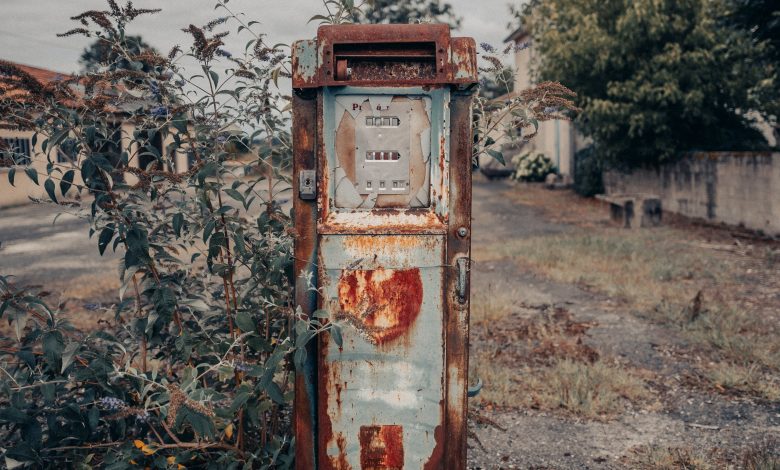Fossil Fuels on Public Lands

The federal government owns about 640 million acres of the total 2.3 billion acres of land in the United States. The Bureau of Land Management (BLM), which leases land to fossil fuel producers, oversees 700 million acres of subsurface minerals and 28.3 million acres of public land. These areas are meant to support multiple uses and sustained yields that match the agency’s “all of the above” method for the energy sector. Oil, gas, coal, minerals and renewable resources (wind, geothermal, solar, etc.) are allowed to be extracted from public lands and subject to free markets through the use of land leases.

Coal leases on public lands
The Mining Law of 1872 states that all lands with “valuable mineral deposits” are “free and open” to exploration and eventual purchase (30 U.S.C. 152). This law allows open-access claims to public lands – based on the five-dollar, 1872 price. As harvesting ground resources continued, Congress saw the need to take back ownership. It passed the Mineral Leasing Act of 1920, which invited private investors to apply for exploration permits and land-use leases. In 1976, Congress again adapted the sale of coal leases, determining that the BLM shall sell land at fair market value and collect royalties from the coal on the surface and underground. These are known as the Federal Coal Leasing Amendments.
Leases on public lands for oil, gas, and other non-hard rock energy resources are subject to the Federal Land Policy and Management Act, in addition to the Mineral Leasing Act of 1920 for pricing and stake in the land.
Oil and gas leases
The Federal Land Policy and Management Act, enacted in 1976, phased out the Homestead Acts that allowed the outright public sale of federal lands. Seeing the value in holding ownership of land, the federal government appointed the BLM to promote its use. The agency was directed to preserve natural resources while also encouraging development and natural resource production. The law defines this concept as multiple-use, or the “management of the public lands and their various resource values so that they are utilized in the combination that will best meet the present and future needs of the American people” (Public Law 94-579).
Under the FLPMA, oil and gas lease applicants must first qualify to be put on a list generated by the BLM for lands available for such activities. This list is subject to a 45-day public notice and a 30-day public comment period published in the Federal Register (Vann, 2012). Then the lands go to a competitive bid.

Fossil fuel production on public lands
The Mining Law of 1872 was passed to push citizens west. It was a way to create jobs and boost individual and federal economies as the United States began to settle in as a new country using federal lands. Now, according to The Wilderness Society, 90 percent of federal lands are made available to oil and gas producers, leaving the remaining ten percent to focus on conservation and recreation. The effort to push west proved viable, as a U.S. Geological Survey found that a majority of fossil fuel leases are closer to the Pacific coast of the United States. Between 2005 and 2014, nearly a quarter of all carbon dioxide emissions in the country were produced on these lands. More than half of the total U.S. carbon emissions came from the state of Wyoming.
Despite reports that oil and gas production is slowing down (Hamilton Project, 2016), in 2015, the fuels generated $50.4 billion (Public Lands Foundation). Whereas domestic coal production has maintained 40 percent of U.S. consumption since the early 2000s (Hamilton Project, 2016); coal accounted for $14.1 billion in 2015 (Public Lands Foundation).
Sources
Adam Vann, “Energy Projects on Federal Lands: Leasing and Authorization” Congressional
Research Service. February 2012. https://fas.org/sgp/crs/misc/R40806.pdf
EarthWorks. “1872 Mining Law 101” https://earthworks.org/issues/1872_mining_law_101/
The Wilderness Society. “Open for business (and not much else): Analysis shows oil and gas leasing out of whack on BLM lands”
Public Lands Foundation. “Bureau of Land Management”
Kenneth Gillingham, James Stock (2016). “Federal Minerals Leasing Reform and Climate Policy” The Hamilton Project
FindLaw.com. “Minerals & Mining Law”



